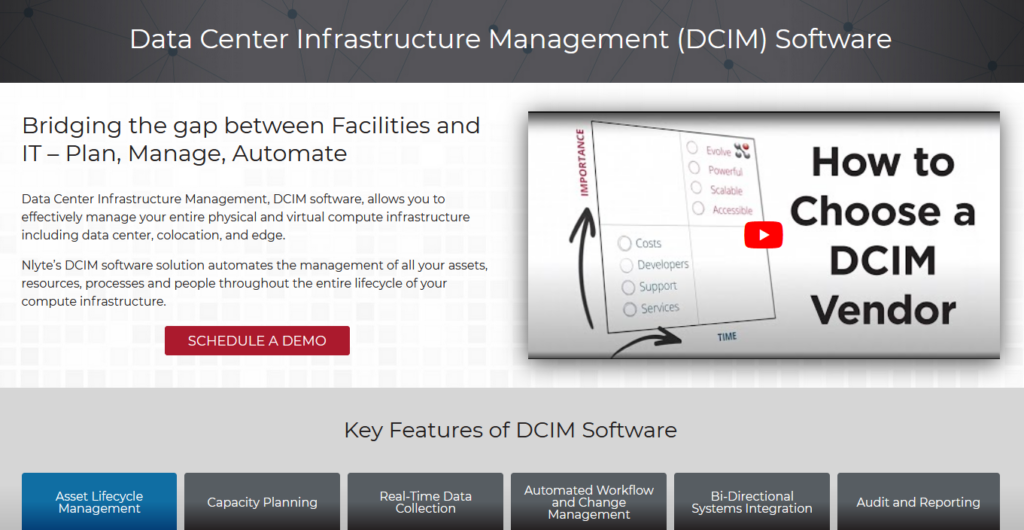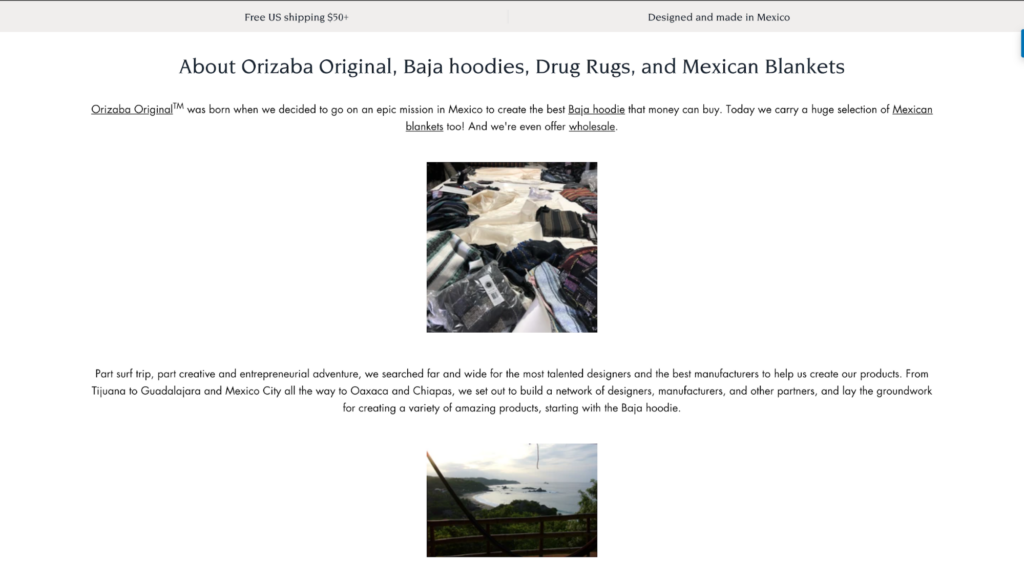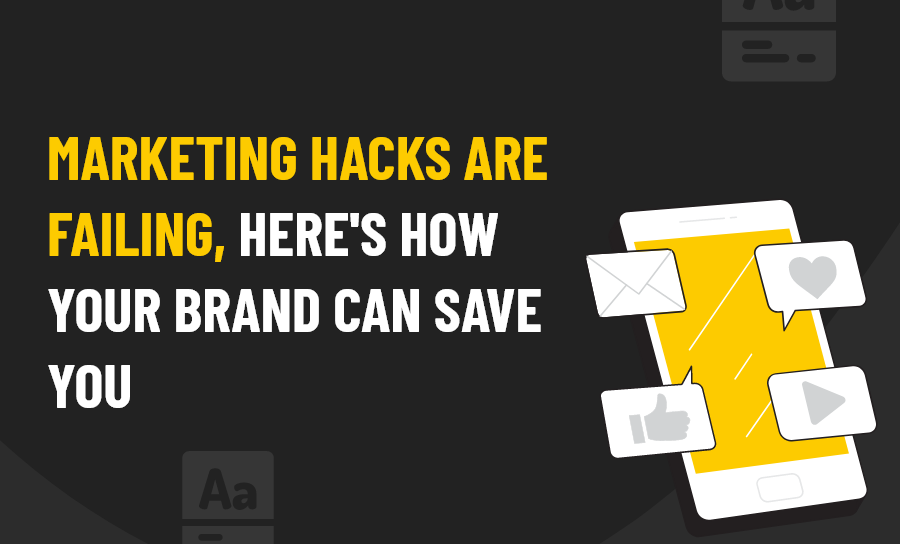Marketing hacks, growth hacks, productivity hacks — you’ve heard these buzzwords flying around the digital realm for a while now. These so-called “hacks” are tempting to chase because they promise shortcuts to business success.
The truth is that marketing hacks can work, but nowhere near as often as various success stories make you think.
See, you always hear about how large companies like Airbnb and Facebook used unconventional growth and marketing tactics, and business skyrocketed for them as a result.
What you don’t hear about are the other companies that tried these tactics and failed. These companies weren’t in the circumstances of Airbnb and Facebook that helped the growth hacks work.
Consequently, many of these businesses lost money or went out of business.
These businesses fell victim to survivorship bias — a fallacy where people draw a conclusion based on an incomplete data set. They thought that growth hacks are what launched companies like Airbnb and Facebook without considering the surrounding circumstances.
Instead of looking for the latest marketing hacks, you must focus on building your brand to create sustainable growth.
Why Does Brand-Building Work?
It doesn’t matter whether you make your products or go the white label route — investing in your brand loyalty is far superior to trying the newest “hacks for massive growth overnight.” Here’s why.
It Creates Awareness
People see thousands of ads per day. They ignore plenty of those, as they aren’t relevant to the person at all.
To stand out and get a customer to notice you, you have to connect to them emotionally. Building a brand can do that. A good brand has a specific set of values and a tone tailored to a particular audience. That way, the brand feels relatable to the audience.
It Builds Loyalty and Trust
Having a consistent-looking brand creates trust between your business and prospective customers. You look more credible than a company without a brand.
Additionally, as touched on earlier, the right brand message connects with your target customer emotionally and builds loyalty. Loyal customers can be some of your best customers — after all, we’ve all heard that repeat customers are much less expensive than new ones.
Many loyal customers also advocate for your brand. They’ll tell their friends and family about how great your brand is, meaning more customers at an inexpensive cost.
It Improves Your Product and Customer Service
The benefits of brand-building extend to your employees, too.
Establishing a strong reputation and holding to your brand mission and values attracts employees passionate about your brand. Your employees are eager to see the company succeed and feel more satisfied in their work — both of which lead to a better end product.
Just like your loyal customers, your employees will go advocate for your brand. They’ll beam with pride as they tell family and friends about the exciting things they’re working on.
How to Build a Long-Term Brand
Building your brand is a long game, whether you’re a startup or have been in the industry for a while. It takes plenty of work, but it leads to much more sustainable and predictable growth. Follow these tips to build a brand that survives in the long-term.
Know Your Audience
Your customer is the ultimate determinant of growth. Your marketing hacks and tricks won’t work if you don’t know your audience.
You have to know how they talk and understand their problems, pain points, and desires. That way, you can build aspects into your product or service that matter most to your customer — all while building a brand they can relate to.
For example, customers of service-based businesses like copywriting or online Spanish tutoring often want a 100% satisfaction guarantee since they can’t “return” the service.
Knowing your target customer is also crucial for getting a new product off the ground, as it helps you build your audience even before launch. Companies like EarlyBird that begin brand-building before launch increase customer awareness ahead of time.
Then, when you launch, you’ll have an immediate customer base. Building loyalty will be easier since these customers are early adopters of your product.
But don’t mistake brand-building before launching versus brand-building before product conception or ideation. Dropified recommends to start at the product level first and ensure that what you are offering is in demand.
Define Your Unique Selling Proposition
How are you different from your competition? Your unique selling proposition, or USP, is what sets you apart from competitors and alternatives. It tells your customers why they should buy from you instead of the other person.
It’s best if your USP addresses a key problem or pain point in your market.
For example, the life insurance market is crowded with companies. That’s already a bit of a pain point for the customers. What makes this worse is how complicated life insurance policies can be.
Nlyte took note of this, as it built its brand around a promise to simplify the DCIM search and purchase process. Doing so helps them relate to their customers — who often might struggle to understand and compare the key features of DCIMs — and addresses one of their main pain points. And they even let potential customers schedule a demo:

Be Authentic
The vast majority of customers consider a brand’s authenticity when deciding if they like and want to support that brand.
To be authentic, you must have a mission and set of values that you stay true to. Additionally, you should show genuine care for your customers and support them in being true to themselves. Feeling supported by a brand is powerful to a consumer, and they’re quite likely to become a loyal fan and even advocate for your brand.
One practical way to demonstrate authenticity is to infuse your brand story into your site. Take a look at what Orizaba does: it showcases where its products come from and explains why these products (and the brand itself) are different from competitors. By doing this, you can create a unique user experience that increases product adoption, and customers proceed from a cognitive state (being aware and informed) to the emotional state (liking and preference) and finally to the behavioral or conative state (deciding and purchasing).

Image Source
Compare Your Product to the Competition
If you believe that your brand and product can genuinely help your customers, then providing an honest review of it and comparing it to other products — kind of like how Reply compares itself to other email finders — can’t hurt.
Making these comparisons demonstrates you’re honest about your product. You can acknowledge any drawbacks yet turn your honesty and authenticity (and even some of the negative aspects of your product) into selling points.
It also shows confidence. You’re willing to analyze how you stack up against competitors, reassuring customers of your product’s value.
To take this concept further, you could also ask comparison sites like this medical alert systems comparison site to review your product against others.
Imagine winning first place on one of these sites. It might push on-the-fence customers over the edge, but it’ll bring in plenty of new ones as well.
Plus, you’ll receive an SEO boost for getting a positive mention on a review or comparison site. The bigger the site, the better.
Continue Adding Products/Services to Fill Customer Needs
Every customer base has a variety of problems that need to be solved. You aim to provide products that solve those problems, of course.
To continue growing your brand, you must create new products to fill every existing customer need in each of the PLM stages.
Look at LFA Capsule Fillers, for example — it has products for nearly every customer need. LFA Capsule Fillers’ target audience will move to LFA as their one-stop solution in the long run.

Now, successfully adding new products is only possible if you’re keeping your finger on the pulse of your market. Continue to research your audience and learn about new problems they have through methods like surveys, interviews, and gathering testimonials. You can even ask your market directly about what kinds of products they’d find helpful.
Conclusion
Marketing hacks can work, but not in a vacuum. They only work within the context of a larger brand strategy. Building a brand creates trust and loyalty with your audience, and it even boosts employee productivity.
Remember that brand-building is a long game. Stay on top of your audience, set yourself apart from the competition, stay true to yourself, and encourage your customers to do the same. If you do so, you’ll enjoy sustainable, long-term growth.








